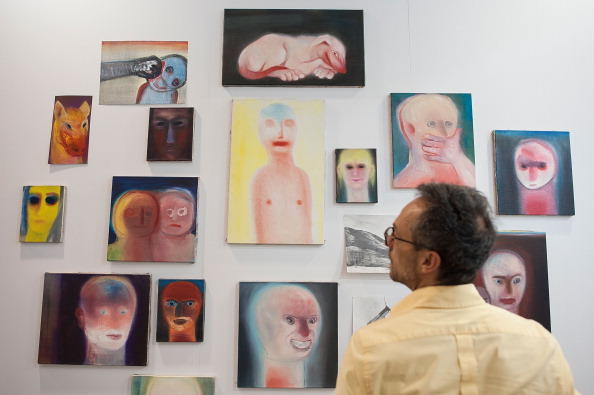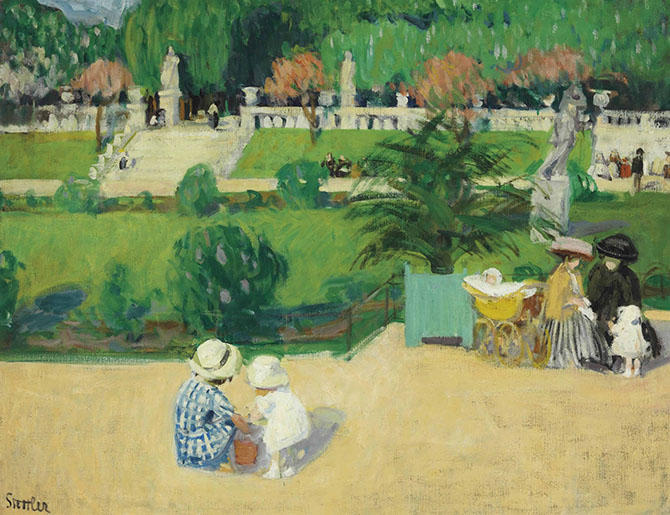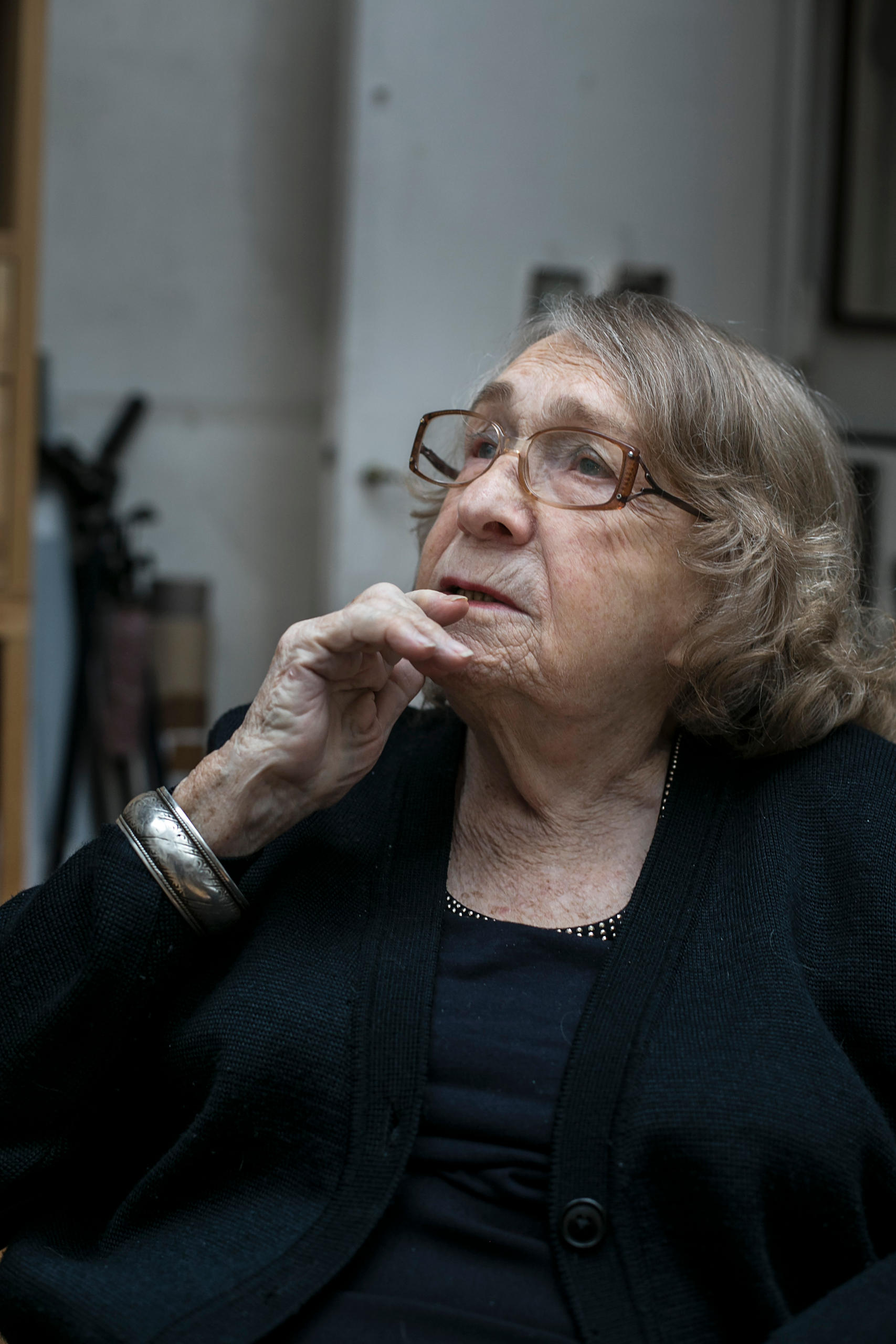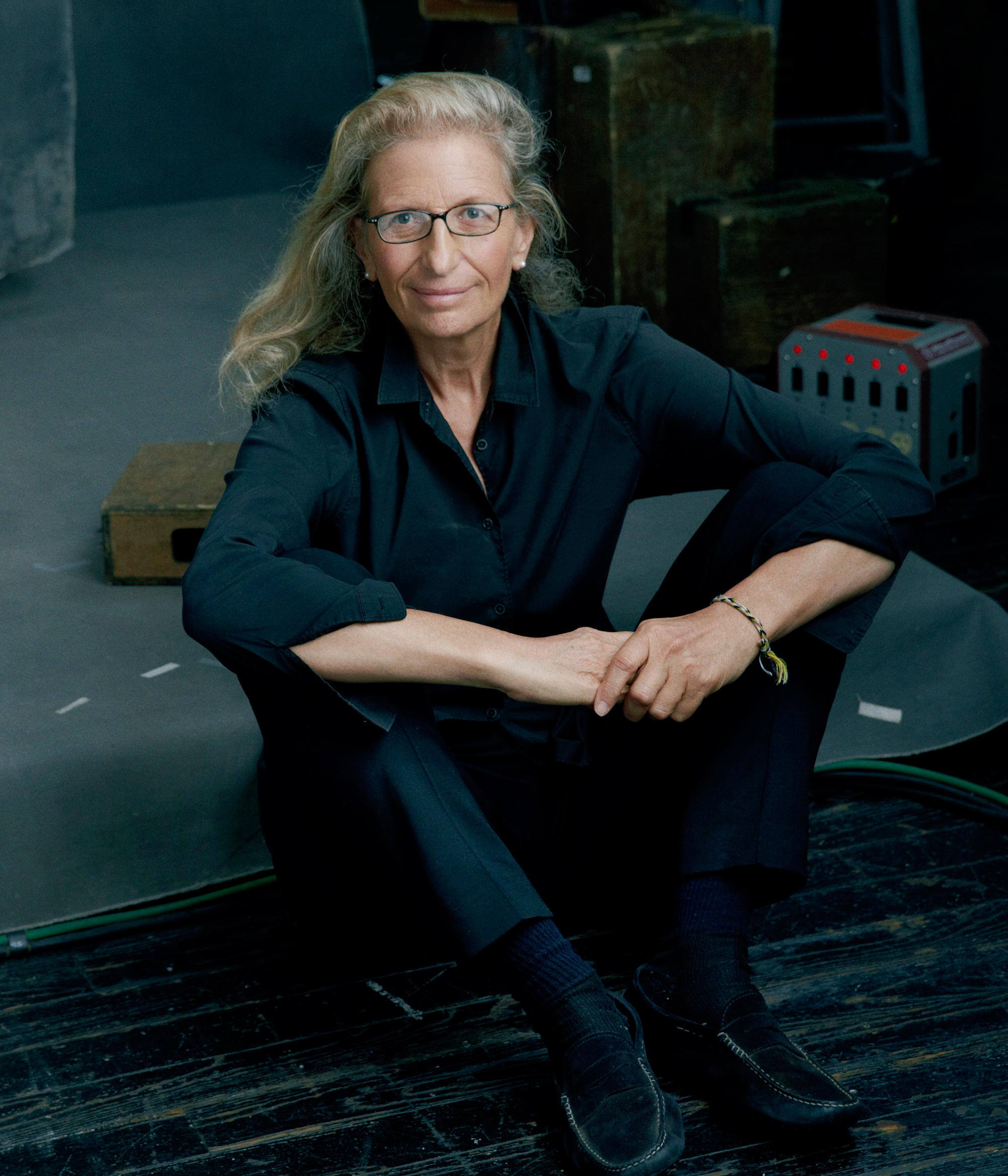‘Swiss art museums must become more female’

Women are not visible enough in the Swiss art world, says Fanni Fetzer, the director of the Lucerne Art Museum. But it is not enough to just show more art by women – how they are presented in an exhibition is also important.
swissinfo.ch: Ms Fetzer, according to our research you have only devoted 33% of your solo exhibitions at the Lucerne Art MuseumExternal link to women in the last 11 years. Couldn’t this percentage be higher?
Fanni Fetzer: This figure is painful. It shows that we still have a lot of work ahead of us. I have the impression that we already have a very feminist programme and are paying attention to gender balance. I am constantly thinking about what I can do in our next two or three years’ exhibition schedules to show as many female artists as male artists. I have a great responsibility as director, but also scope to shape the future, and I would like to exploit this.
swissinfo.ch: What strategies do you have to give female artists their due?
F.F.: If you focus on a certain era, then you can make an effort to show the work of unknown female artists instead of the same men time and again. The work of Sophie Taeuber-Arp, for example, has for a long time only been shown in the context of the Surrealists and the Dadaists. She only gained due recognition after the Aarau Kunsthaus showed her entire oeuvre in an exhibition. Today Taeuber-Arp, like Meret Oppenheim, is one of the most famous Swiss women artists.
swissinfo.ch: Well-known artists, most of whom are male, tend to be the big crowd-pullers. How do you plan to change this?

More
Women artists struggle for visibility in Swiss museums
F.F.: One example is by drawing visitors with a well-known name, but then giving more space to a lesser-known artist in the museum. In the programme, we don’t specify how many square metres we are allocating to each artist. In 2020, this will be Marion Baruch – I can give her more space, and the public can see a lot of her work in a retrospective. If you have several exhibitions at the same time, this is a good strategy.
swissinfo.ch: And if you can only show one?
F.F.: Solo exhibitions of unknown women artists are unfortunately not always a solution.
swissinfo.ch: Why not?
F.F.: Take Sonja SekulaExternal link, an artist who is very important to me. She originally comes from Lucerne and is not well-known. Sekula went to New York in the 1930s and mixed with the artists there. She was lesbian, psychologically unstable and a woman – and all this hindered her career. But her work can absolutely hold its own next to works by big names like Jackson Pollock. Our collectionExternal link includes some of her art. I wanted to devote an exhibition to her in 2016, but I showed her in a group exhibition.
swissinfo.ch: Why didn’t you show Sekula on her own?
F.F.: Because then only her few fans would have come. But if I present Sekula together with her American and European peers, then I put her in this context and show that she is just as interesting, innovative and avant-garde as the others. That is another tactic.
swissinfo.ch: But didn’t that mean that Sekula was overlooked?
F.F.: No, the exhibition was called Sonja Sekula, Max Ernst, Jackson Pollock & Friends,External link – I put her at the forefront of her New York milieu. On no account did I want to put a portrait of her on the catalogue. I put two similar works on the cover, one by her and one by Jackson Pollock. And I also didn’t want to have any pictures of Sekula in the catalogue that, for example, emphasised her beautiful figure. In our publication, you see her in the studio wearing long trousers.
swissinfo.ch: Why would a beautiful picture of her be bad?
F.F.: I think female artists are often reduced to the fact that they are women, or that they look great. Sekula was a very beautiful woman and there are a lot of great photos of her. But I wanted to put her work in the foreground. Think of the iconic picture of Meret Oppenheim with black ink by the printing press taken by Man Ray. An incredible artist appears as a muse for the famous photographer instead of as an artist on the same level as the men.
swissinfo.ch: In Swiss art museums as a whole, only 26 percent of the solo exhibitions featured women, so the Lucerne Art Museum scored better than the average. Why are most exhibitions still of male artists?
F.F.: It is only possible to have a balanced ratio of male to women artists from the 1970s and 1980s onwards. Museums don’t just work on temporary exhibitions, they also work with their collections. And in every collection, there are more male than female artists. Our collection in the Lucerne Art Museum begins with the 16th century, and at that time there were hardly any female artists. All museums should make sure that they are collecting an equal number of female and male contemporary artists.
swissinfo.ch: What do you think about showing art by women in exhibitions focussed exclusively on women?
F.F.: I think that’s OK, but it depends on how. The current combination of several solo exhibitions in Le Locle – “Eine Saison für die Künstlerinnen“ (A Season for Women Artists) is very carefully done. In other places, it doesn’t work at all. For example, if you have “girls” in the title, that is really not OK!
swissinfo.ch: Are you referring to the current Bauhaus exhibition in Erfurt?
F.F.: Yes, the exhibition is called “Vier Bauhausmädels” (Four Bauhaus Girls) and for the centenary of the Bauhaus, a book has been published to present the work of almost 90 women artists and their work. It is called “Bauhausmädels – a tribute to pioneering women artists” – this really shouldn’t be happening! These women worked in the shadow of their male colleagues, now they finally get full attention and they are referred to as “Bauhaus Girls.”
swissinfo.ch: Why are there more female than male curators across Switzerland, and yet in the museums, there are still many more male artists on show?
F.F.: In many medium-sized museums, the directors are now female. Many pay attention to a balanced ratio of men and women artists, but there are other criteria that matter in putting together a programme.
swissinfo.ch: What are the other criteria?
F.F.: That you don’t, for example, have five exhibitions of video art, or five focussed on drawing. I like to show international, Swiss and regional artists. And one thing that must not be forgotten: in a museum, you tell stories. So once in a year, we can say: We are showing you Marion Baruch. You don’t know her, and you don’t yet know the exciting story behind the art of this woman, and we are telling you that story now.

More
Rediscovering forgotten Swiss women artists
Translated from German by Catherine Hickley

In compliance with the JTI standards
More: SWI swissinfo.ch certified by the Journalism Trust Initiative











You can find an overview of ongoing debates with our journalists here . Please join us!
If you want to start a conversation about a topic raised in this article or want to report factual errors, email us at english@swissinfo.ch.